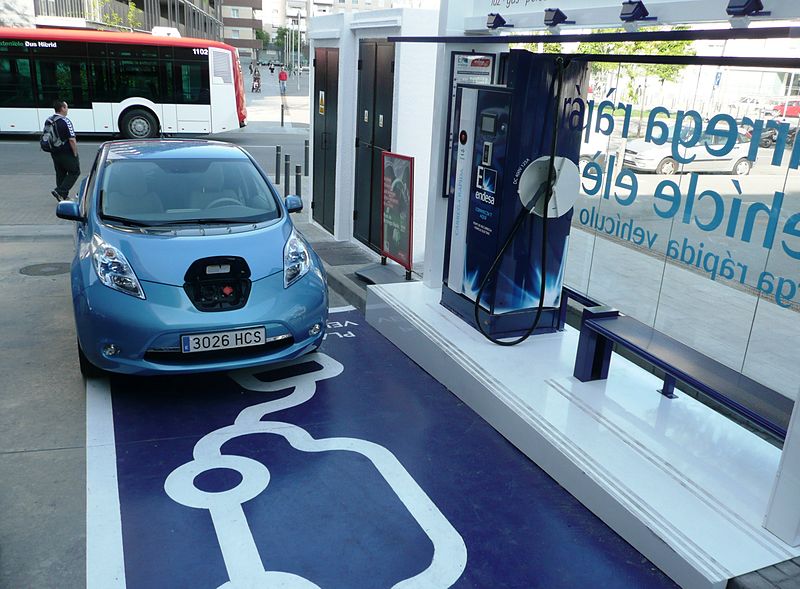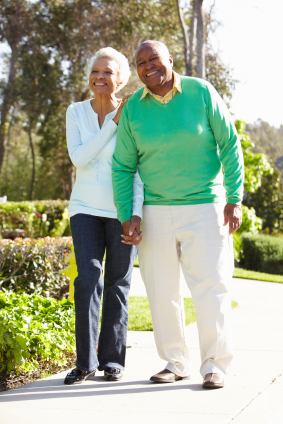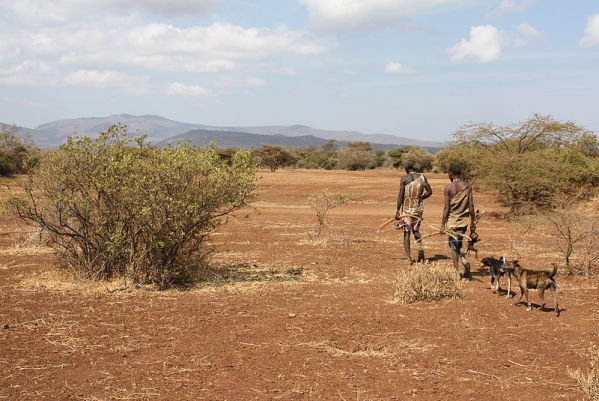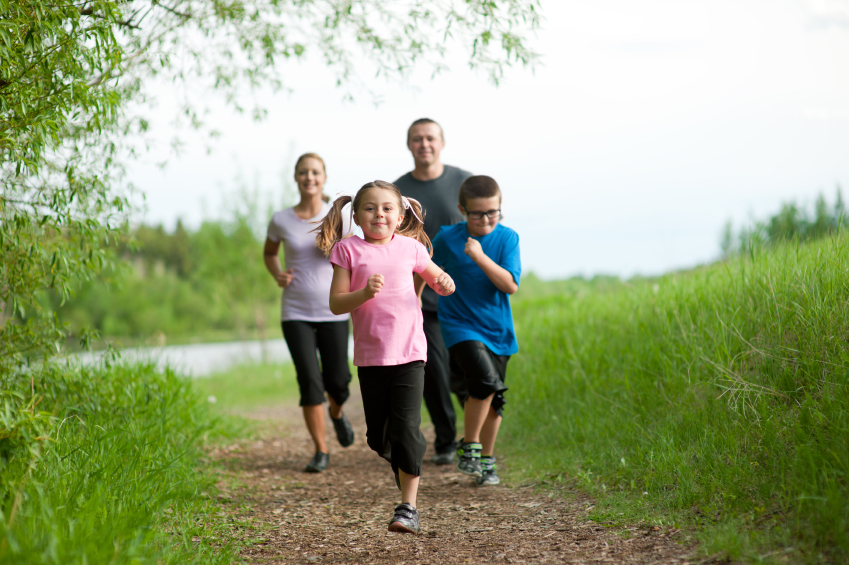 First EV Charging Station in Barcelona. Image: RudolfSimon
First EV Charging Station in Barcelona. Image: RudolfSimon
ELECTRIC CARS & HIGHWAYS
Thinking about your next car, even if it's 5 or more years away? Well, you should. Your next car may not accommodate hydrocarbons and run solely on electricity; although some of the electricity used to charge the batteries may be derived hydrocarbon, at least initially.
Worried about the range of electric cars? Advanced car design will extend the vehicles range per charge and new charging networks, such as Oregon's "Electric Highway," will allow you to travel even further. In California, NRG Energy is investing $100 million to will “build a 200 charging station network."
The fee-based charging network will add 50 miles of range for an EV in less than 15 minutes of charging.
NRG will also wire a minimum of 10,000 individual parking spaces at homes, offices, multifamily communities, schools and hospitals.
Among the cars that will use "electric highways" is the Nissan Leaf EV. By the end of the year, the Leaf will be upgraded with a “much, much more efficient” heating system that will increase the cars 73 miles per charge range by 20 to 25 miles. And Nissan is not stopping there. At the upcoming New York Auto Show, the company will announce a new Infinity EV model (seen in illustrations here) using the powertrain of the Nissan Leaf EV.
ENVIRONMENT
An innovative and sustainable skyscraper will be world’s second tallest when completed in 2014. The Shanghai Tower, currently under construction in Shanghai, China, is decribed by Inhabit.com as an “elegant structure" that "spirals up to the sky.” The skyscraper will “include a rainwater recycling system and a series of wind turbines able to generate up to 350,000 kWh of electricity per year.” Inhabit.com continues:
The tower will take the form of nine cylindrical buildings stacked atop each other, enclosed by layers of glass, and hosting public space for visitors including atriums, gardens, cafes, restaurants, retail space, a hotel, and 360-degree views of the city.
(Striking images of the structure are included.)
Electric bicycle sales are on the rise. Clean Technica reports that annual sales "are expected to go over 30 million in 2012 and over 47 million by 2018.” While most of the growth occurring in China, sales of electric bicycles in the North America are expected grow by 22%. Maybe they will look like this prototype by Ford.
FITNESS
Reviewing a recent study published in International Journal of Epidemiology, MyHealthNewsDaily reports:
A short, intense exercise session may be healthier than a longer, more moderate session that burns the same number of calories …
… people who engaged in the most vigorous exercise reduced their risk of developing metabolic syndrome by two-thirds …”
NUTRITION
Olive oil
Mark Sisson, in one of his previous posts, has a great defense of olive oil. Just in case you have set olive oil aside, consider Mark’s take on the subject:
Olive oil's reputation has been besmirched. It isn’t the magic life elixir fueling the teeming hordes of Mediterranean-dieting, crusty bread-eating, moderate wine-drinking centenarians, but it doesn’t deserve to be tossed in the trash heap with soybean, grapeseed, corn, and canola oils.
Chocolate
Possible good news for the chocolate eaters. According to USA Today, a new study published in Archives of Internal Medicine, found that people eating “moderate amounts” of chocolate where “thinner than those who eat chocolate less often.”
The new research involved 1,018 healthy men and women, who exercised on average 3.6 times a week and had a balanced, nutritious diet. The body mass index of those who ate chocolate five times a week was 1 point lower than people who did not eat it regularly. Body mass index (BMI) is a measure of body fat based on height and weight.
Although lead investigator Beatrice Golomb described the 1 point increase in BMI as “not insignificant”, if your BMI is more than a few points above normal, just adding chocolate without making other dietary changes will not do the job. Also keep in mind a major limitation of the study: it was observational in nature and dependent on self reports on how much chocolate was eaten.
 Sunday, December 1, 2013 at 10:01PM
Sunday, December 1, 2013 at 10:01PM 



